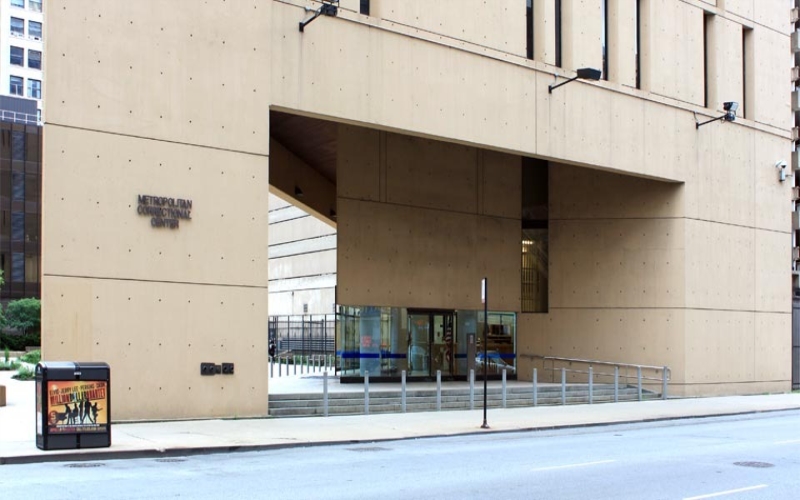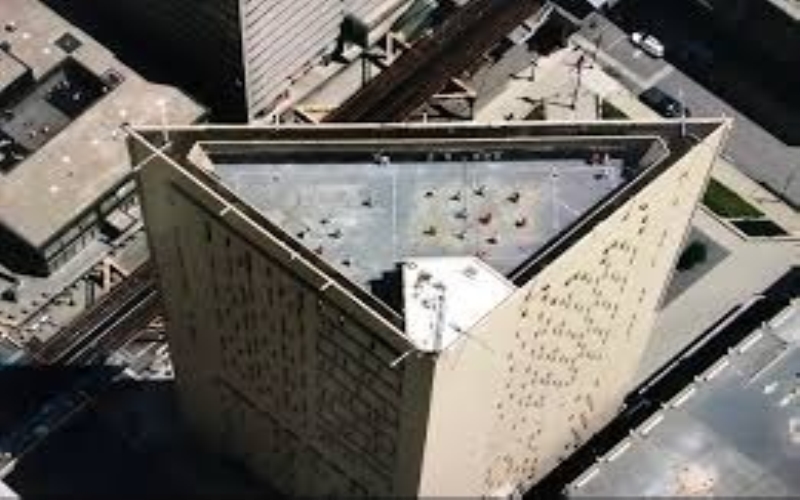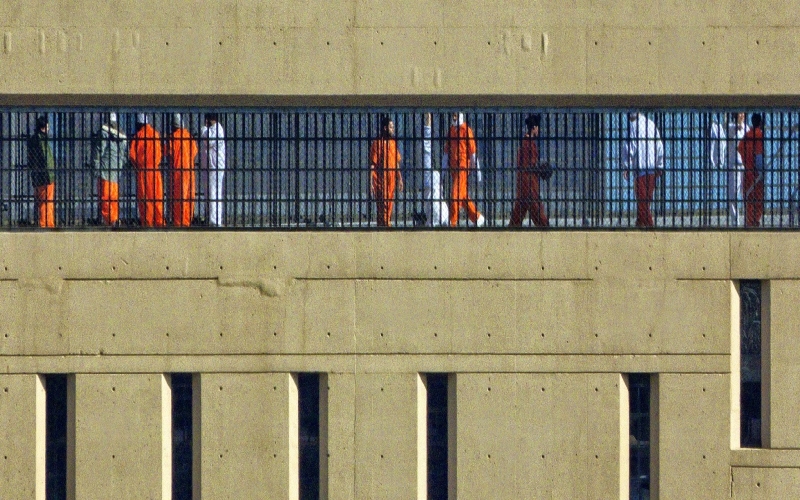The Metropolitan Correctional Center (MCC) Chicago is one of the most well-known federal detention facilities in the United States. Situated in the heart of downtown Chicago, this facility houses federal prisoners awaiting trial or sentencing. Over the years, the Metropolitan Correctional Center Chicago photos have provided a rare glimpse into the life inside this high-security institution, shedding light on its architectural design, security measures, and inmate conditions.
Understanding the Metropolitan Correctional Center Chicago
The Metropolitan Correctional Center Chicago is a Federal Bureau of Prisons facility that primarily serves as a detention center for male and female prisoners. Designed by renowned architect Harry Weese, the MCC stands as a unique triangular structure with narrow vertical windows, allowing controlled daylight while minimizing escape risks. This architectural design is one of the aspects often captured in Metropolitan Correctional Center Chicago photos, giving viewers an understanding of its imposing presence.
Architectural Significance of MCC Chicago
1. Unique Triangular Structure
The most defining feature of the MCC Chicago is its triangular shape. Unlike typical prison designs, this layout optimizes space efficiency and security. Aerial photographs and exterior shots reveal the striking architecture, which integrates both function and aesthetics.
2. Vertical Windows and Secure Design
Metropolitan Correctional Center Chicago photos often highlight its thin, vertical windows, which allow natural light to enter while preventing direct access to outside views. This design reduces the possibility of escape attempts and maintains high levels of security.
3. Rooftop Recreation Area
Another intriguing aspect visible in Metropolitan Correctional Center Chicago photos is the rooftop recreation area. Instead of traditional ground-level yards, MCC Chicago offers inmates rooftop recreation within enclosed walls, ensuring maximum security while providing access to fresh air and physical activity.
Inside the Metropolitan Correctional Center Chicago

1. Housing and Cells
Images of MCC Chicago’s interiors show small, concrete cells, typically measuring around 7 by 12 feet. Each cell includes essential furnishings like a bed, sink, and toilet, with limited privacy. These compact quarters ensure strict inmate monitoring while maintaining fundamental living conditions.
2. Common Areas and Facilities
Photos taken inside MCC Chicago often depict common areas, where inmates interact under surveillance. The facility includes dining halls, medical facilities, and administrative offices, which contribute to the overall prison management.
3. High-Security Features
The MCC Chicago is equipped with advanced security measures, including surveillance cameras, reinforced cell doors, and controlled movement zones. Photos showcasing these features emphasize the strict security environment within the prison.
Famous Inmates of MCC Chicago
Over the years, several high-profile individuals have been housed at the MCC Chicago. Metropolitan Correctional Center Chicago photos occasionally depict the facility’s association with notable figures, including:
-
John Gotti Jr. – Son of the notorious mobster, who spent time at MCC Chicago.
-
Rod Blagojevich – The former Illinois governor, convicted of corruption.
-
Joaquín “El Chapo” Guzmán – The infamous drug lord briefly detained at MCC Chicago before being transferred.
How Inmate Life is Depicted in Photos
1. Daily Routine
Images of MCC Chicago reveal a structured inmate routine, including meal times, recreation, and work assignments. The prison enforces strict schedules to maintain order and discipline.
2. Limited Contact with the Outside World
Due to its high-security nature, MCC Chicago limits inmate communication. While some images show visitation areas, interactions are closely monitored to prevent contraband smuggling and unauthorized activities.
3. Prison Work Programs
Some Metropolitan Correctional Center Chicago photos showcase prison work programs, where inmates engage in laundry, kitchen duty, and maintenance work. These programs are designed to foster discipline and responsibility among detainees.
Controversies and Issues at MCC Chicago
1. Overcrowding and Living Conditions
Like many federal facilities, MCC Chicago has faced overcrowding issues, leading to concerns about inmate welfare and safety. Reports and images highlighting cramped conditions raise discussions on prison reform.
2. Notable Escape Attempts
One of the most famous incidents at MCC Chicago was the 2012 escape of two inmates, who managed to rappel down the 17-story building using knotted bedsheets. This event remains a significant case in the prison’s history and has been widely documented in Metropolitan Correctional Center Chicago photos.
3. Legal and Human Rights Concerns
Human rights groups have occasionally raised concerns about inmate treatment, particularly regarding solitary confinement and mental health services. Some photographs depict inmates in isolation units, bringing awareness to these controversial issues.
Why Are Metropolitan Correctional Center Chicago Photos Important?

1. Transparency and Public Awareness
By capturing the daily life and conditions inside MCC Chicago, these images contribute to public understanding of prison realities.
2. Historical Documentation
Photographs serve as historical records, documenting architectural changes, legal events, and notable inmates throughout the years.
3. Legal and Advocacy Purposes
Legal teams and advocacy groups often use Metropolitan Correctional Center Chicago photos to support prison reform discussions and human rights campaigns.
Final Thoughts on MCC Chicago and Its Visual Impact
The Metropolitan Correctional Center Chicago stands as an iconic yet controversial facility in the U.S. prison system. Its architectural uniqueness, high-security environment, and historical significance make it a subject of ongoing interest. Metropolitan Correctional Center Chicago photos provide valuable insights into inmate life, prison operations, and institutional challenges, offering the public a deeper understanding of this federal detention center.


